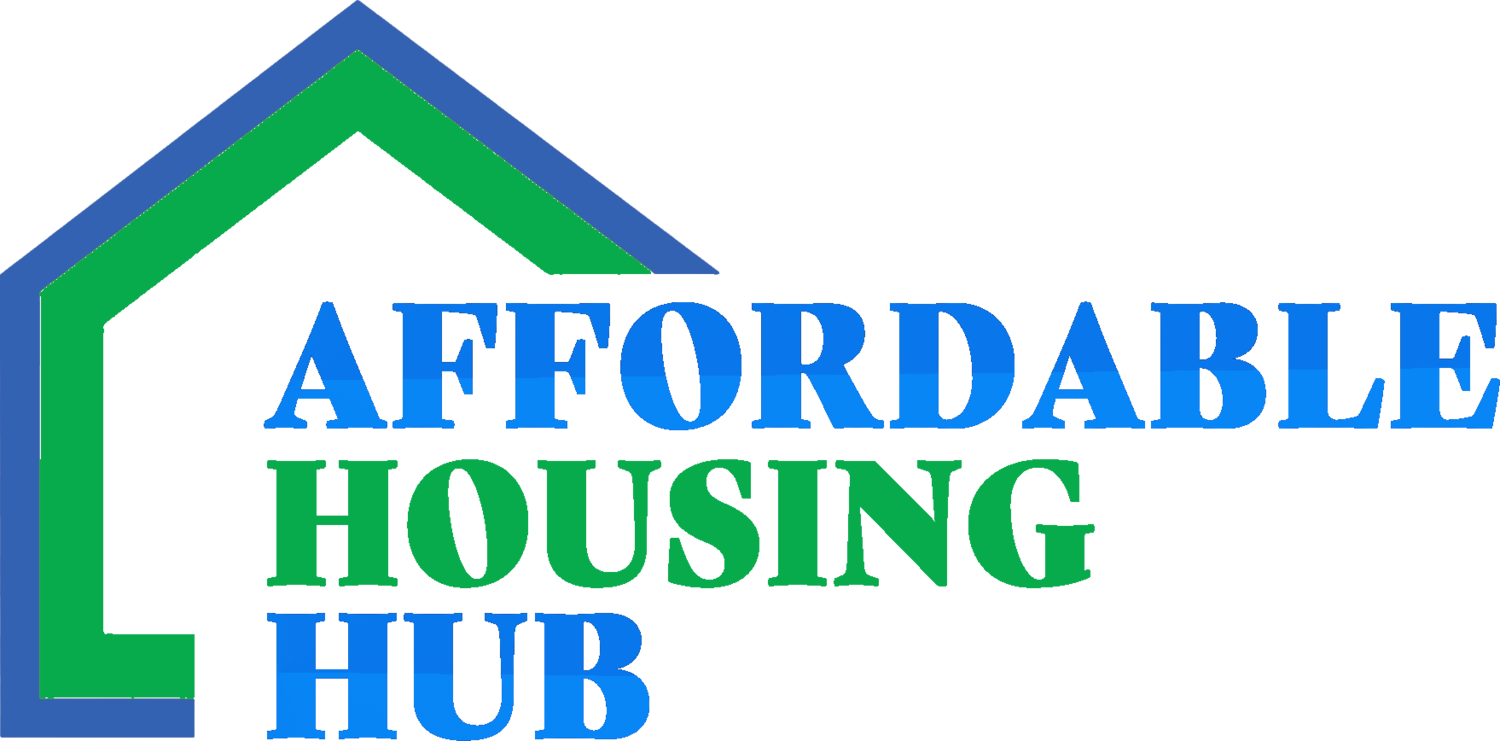Nutrition Assistance Programs
Food insecurity among Americans has spiked dramatically due to the economic crisis caused by COVID-19. Families who never expected to need help putting food on the table are living with the new reality.
The good news is there is no food shortage in America at the present time, and free and low cost resources are available for individuals and families who would otherwise go hungry. From federal government programs to food banks and churches, organizations are working hard to make sure everyone is fed.
Government Programs
The Supplemental Nutrition Assistance Program (SNAP)
This program, formerly known as food stamps, is the primary food assistance program funded by the federal government. It is the Department of Agriculture’s main hunger prevention program. In order to qualify for SNAP, you must meet certain criteria.
Recipients must be U.S. citizens, U.S. nationals, or qualified aliens. Applicants who are not disabled or elderly must have a limited income and limited assets and resources. The amount of assistance provided by SNAP varies by state.
SNAP benefits are usually limited to three to six months for households in which the members are between the ages of 18 and 50. They can use their electronic benefits transfer (EBT) card anytime within a three year period.
Recipients who work at least 20 hours a week or are job training can have their benefits extended. Pregnant women, single mothers with small children, and the disabled may not have to meet the work requirements. Recipients have to fill out new applications at the end of each benefit period.
The food items covered under SNAP are extensive. It pays for almost any type of groceries purchased at grocery stores, food markets, convenience stores, and big box stores like Target and Walmart. Items like baby formula, bottled water, eggs, dairy products, weight loss products like Slim Fast and Nutrisystem, and fresh produce may all be purchased using your EBT card.
Items not allowed to be purchased on your EBT card include alcohol, tobacco products, pet food, household supplies, paper products, vitamins, cosmetics, toothpaste, hot food, prepared foods, and medicine. For information on applying for SNAP benefits, contact your local office.
How the Cares Act (Coronavirus, Aid, Relief, and Economic Security Act) affects SNAP benefits.Employment and training requirements have been suspended for SNAP recipients. The Department of Agriculture announced a 40% increase in monthly SNAP benefits across all 50 states and the three territories. For more information on the USDA’s emergency SNAP benefits program, visit their webpage.
Special Supplemental Nutrition Program for Women, Infants, and Children (WIC)
This assistance program is designed to provide nutrition and commodities that supplement diets of pregnant, breastfeeding, and postpartum women of low income as well as newborns and children under five years of age.
Applicants are evaluated by income and overall nutritional risk. The program is administered by local health departments. For information on applying for WIC, visit WIC’s website.
Nutrition Services Incentive Program (NSIP)
This program was formerly known as the Nutrition Program for the Elderly. It is administered by the Department of Health and Human Services through state aging agencies. This nutrition services program includes providing free food, meals, and nutritious groceries for the elderly. Clients of all incomes receive hot or cold meals once a day five times a week. Transportation is provided to meal sites for seniors without vehicles. For more information, visit the Administration for Community Living website.
Meals on Wheels is a part of this program. Meals on Wheels delivers meals to the homebound, both elderly and disabled. For more information, visit their website.
School Breakfast and Lunch Programs
Students from low-income families are provided with nutritious meals at school for free or reduced prices. The program is open to children living in poverty and to those who come from families with moderate incomes. Contact your child’s school for an application.
Commodity Supplemental Food Programs (CSFP)
These programs are similar to WIC, but they differ in that they provide assistance to seniors over the age of 60. They may offer Ensure for low-income seniors and baby formula for infants. For more information on programs in your area, visit the Department of Agriculture’s Commodity Supplemental Food Program website.
Feeding America Backpack
For more than 15 years Feeding America has been supplying school children with groceries, meals, and snacks regardless of their income. These snacks are packed and provided discreetly and confidentially.
The purpose is to ensure children have nutritious food during weekends and holidays or at other times when school breakfast and lunches are not available. The program is nationwide. For more information, visit Feed America’s Backpack Program webpage.
The Emergency Food Assistance Program (TEFAP)
This is a federally funded food assistance program for low income families who are facing food crises. The assistance is provided at no cost to the families. All food supplied is American grown. Fresh fruits, vegetables, and legumes are offered nationwide. For more information on the program, visit the USDA’s TEFAP webpage.
Summer Food Service Program
The Department of Agriculture funds this program that is administered by local churches, non-profits, and food pantries. It is designed to ensure school age children have access to nutritious meals during the months when school is not in session. It is available nationwide. For more information on the program, visit the USDA’s Summer Food Service Program webpage.
Food Banks, Food Pantries, Community Food Shares
A wide variety of organizations run food banks. Feeding America works with food banks in every state. They distribute free groceries, perishable items, and meals to those in need. They serve low income families through local soup kitchens, shelters, food banks, charities, and churches.
To find the food bank nearest you, visit the Feeding America website. You can also go to AmpleHarvest.orgto find food pantries in your area.
Free Meals and Soup Kitchens
A number of organizations, including the Salvation Army, provide meals during holidays. They deliver meals to the homebound. To find the nearest location serving hot and cold meals, visit the Salvation Army website.
Clothing Banks
Families have all kinds of expenses, especially those with children. Clothing banks help low income families with baby clothes, school supplies, shoes, work clothes, and holiday gifts. The money saved by utilizing clothing banks leaves more money for nutritious food. To find clothing banks in your area, try contacting the Salvation Army.
Free Coupons
There are a number of websites that offer free, downloadable coupons for everything from household supplies and pet food to personal care items and groceries. They can be redeemed at any participating retail store. Use your favorite search engine to type in “free coupons”.
National Hunger Hotline
1-866-3-HUNGRY (English) or 1-877-8-HAMBRE (Spanish)
Monday - Friday, 7 a.m. - 10 p.m. (Eastern Standard Time)
These numbers will connect you with staffers who can direct you to emergency food providers in your area, government assistance programs, and various social services. You can get more information online at hungerfreeamerica.org.










